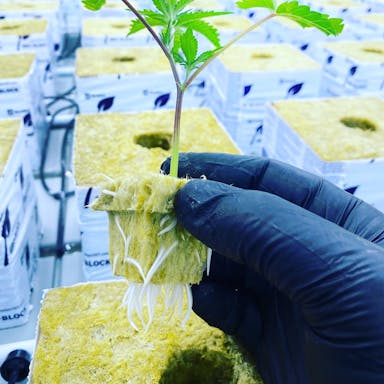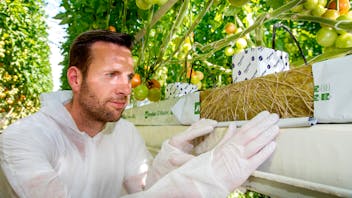How to prevent bacterial canker
The disease can be manifest in two ways: - either as a systemic vascular infection or as a superficial or local infection. The wide array of different symptoms reported depend on various factors including the crop location (outdoor or protected), the prevailing climate, the timing of infection relative to the crop growth stage, agronomic practices deployed, the virulence (pathogenicity) of the particular strain of the pathogen involved. Yet, early recognition of the disease is essential if the disease is to be contained and, because the pathogen involved is so easily spread, extreme vigilance is required. All nursery personnel need to be made fully aware of the wide range of symptoms that can be expressed. Protected crops The initial symptoms are dull green water-soaked areas on the leaf between the veins. The water- soaked areas on the leaf quickly become necrotic and, to the untrained eye, this can be mistaken for a scorch due to sunburn or chemical damage. Affected areas can quickly coalesce to produce larger necrotic areas on the foliage (Figure 1.0). Down-curling and wilting of one or more lower leaves is also indicative of bacterial canker as the systemic infection progresses through the plant (Figure 2.0).






